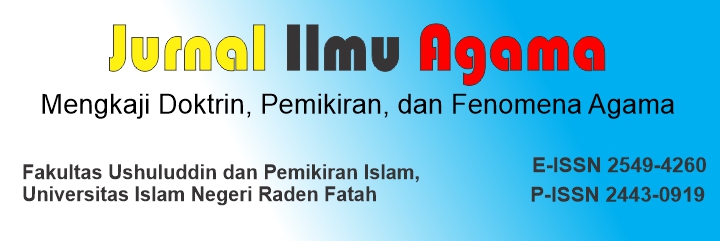Konstruksi Wanita Salihah Dalam Tafsir Visual: Analisis Kritis Terhadap Meme QS. Al-Ahzab: 33
Main Article Content
Abstract
On social media, QS. Al-Ahzab: 33 meme is spreading massively. which is used as a medium to construct women's piety. This meme has big implications for understanding how pious women are. However, studies on related memes appear to be disproportionate. This study focuses on the main issue, namely how QS. Al-Ahzab: 33 visualized, used as a tool to construct women's piety, and its relevance in the context of life and religion in Indonesia? In explaining these three issues, this study uses a content analysis approach. The results of this study show three things. First, pious women are visualized by the existence of a house that tends to be beautiful, comfortable and luxurious. Second, the construction of pious women becomes real by presenting a visualization that seems to emphasize that pious women are synonymous with home. This is also reinforced by the title in the picture, namely "Wanita salihah itu betah di rumah." Third, the meme can be understood contextually, especially when presented with a familiar narrative. However, in the visualization there are several aspects that are less relevant, namely (1) the visualization of the house shown indicates that the women who live in the house live well, so they don't have to leave the house to make ends meet; (2) the visualization that is displayed seems to ignore other aspects related to this verse, such as the lack of various interpretations of a text, and not seen from the aspect of asbabun nuzul.
Article Details
Authors who publish with this journal agree to the following terms:
- Authors retain copyright and grant the journal right of first publication with the work simultaneously licensed under a Creative Commons Attribution 4.0 International License that allows others to share the work with an acknowledgement of the work's authorship and initial publication in this journal.
- Authors are able to enter into separate, additional contractual arrangements for the non-exclusive distribution of the journal's published version of the work (e.g., post it to an institutional repository or publish it in a book), with an acknowledgement of its initial publication in this journal.
- Authors are permitted and encouraged to post their work online (e.g., in institutional repositories or on their website) prior to and during the submission process, as it can lead to productive exchanges, as well as earlier and greater citation of published work.
